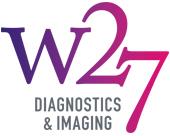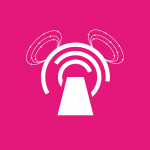What is it
MRI (magnetic resonance imaging) scans essentially use a magnetic field and radio frequency energy to help produce detailed images of the insides of your body. The scanner is a large tube that surrounds your entire body, with newer-scanners available that allow more space inside.
What it is used for
MRI scans can be used in the musculoskeletal setting to scan your:
- Bones
- Joints
- Muscle
- Ligaments
- Tendons
- Spine
- Tumours/masses
They are used to diagnose conditions and plan the most effective course of treatment and to monitor how effective treatment has been.
What to expect
You will lie on a bed that is moved into the scanner either feet first or head first, depending on which part of your body is being scanned.
The scanner will normally make a loud tapping noise when the images are being taken. You will usually be offered earplugs or headphones to screen out the noise. Throughout the scan you will be able to talk to the radiographer via an intercom. They will sit in an adjoining room but will be able to see you.
It is important to keep very still to avoid the images becoming blurred. Scans normally take between 15 and 45 minutes depending on the body part or regions to be imaged.
Before and after
Before your scan you will normally be able to eat and drink as normal unless you are advised otherwise. You will need to remove jewellery and anything metallic from your body. In some cases you will be given an injection of contrast dye into the blood vessels or into the affected joint which can enhance the pictures taken to help your radiologist come to a diagnosis. You may also be given a sedative.
Afterwards you can normally resume normal activities. However, if you have been given a sedative you will not be able to drive. A radiologist will review the results of your scan and you should receive the results within a few days.






